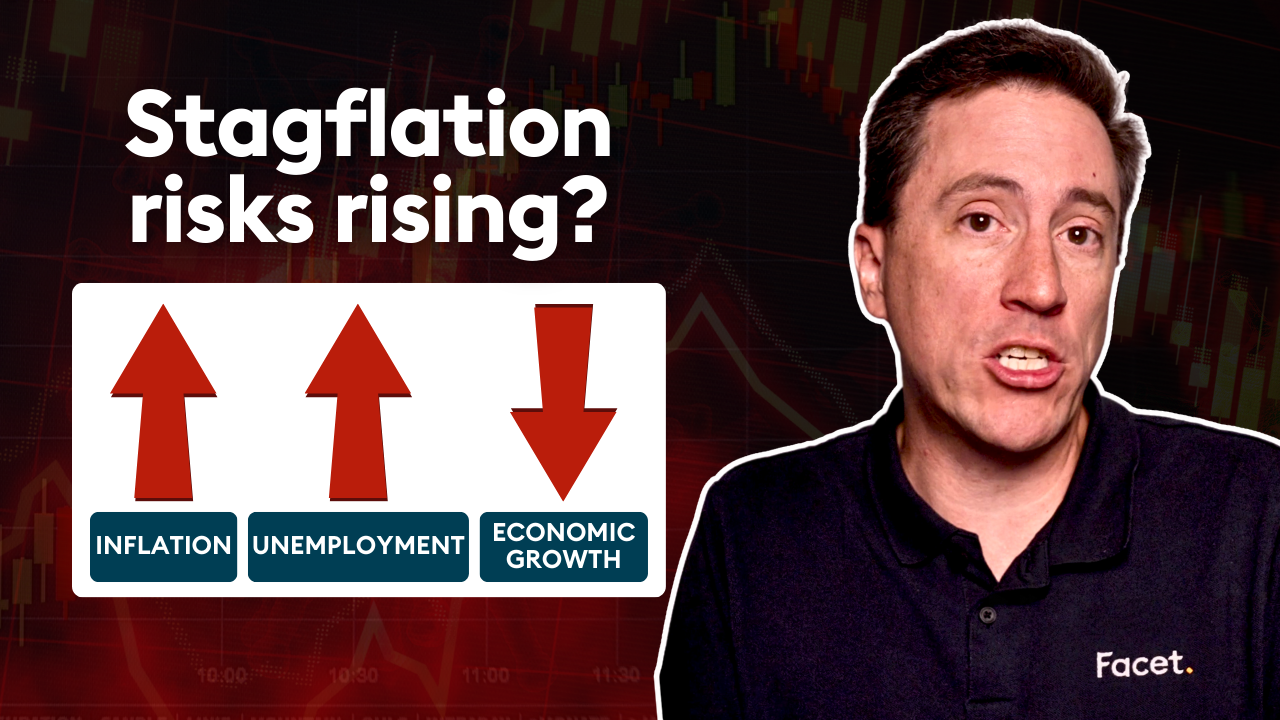
Key takeaways
- Most stocks underperform after large drawdowns
- We ran a study from 2011 to 2021 and found that only 19% of stocks outperformed the broad US market after the 70% drawdown
- Professional investors who put effort and resources towards picking stocks still tend to underperform the market
2022 has been a rough year in financial markets, but some stocks have had it tougher than others, experiencing higher than average drawdowns.
Some high-flying stocks from 2020 and 2021—especially in the technology and consumer spaces—have fallen substantially in 2022.
Of the 3,000 largest US-listed stocks, 899 are down at least 50% from their recent highs as of October 21st.
Over the same period, 378 are down at least 70%. If you own any of these beaten-down stocks, you're probably wondering what to do with them.
Here are some thoughts on how to best handle this situation.
Most stocks underperform after large drawdowns
First, if you own one or more stocks that have fallen substantially, you aren't alone.
The list of stocks that are down more than 50% from their recent highs includes several well-known companies, such as Netflix, Spotify, Peloton, and Meta (parent company of Facebook). Deciding to sell a stock that was once much higher is difficult, but selling is usually the right decision.
We conducted a study looking at all stocks that fell 70% or more in a given calendar year and then tracked the performance in subsequent years.
We ran the study from 2011 to 2021 and found that only 19% of stocks outperformed the broad US market after the 70% drawdown.
In other words, even if you bought after the stock was discounted 70% or more, over 80% of the time, that stock would be a loser going forward. The right move would have been to sell the stock immediately and reinvest in a diversified portfolio.
Why stocks tend to underperform after a large drawdown
Why is this? Why wouldn’t a good company with a beat-up price be an outperforming investment?
Changes in business prospects
One major reason is that when a company’s price falls by that degree, it is probably because there’s been some significant change in its business prospects that isn’t likely to reverse.
Take a company like Netflix, for example. Not long ago, Netflix dominated the streaming content market, had a constantly growing user base, and had been able to raise prices several times. The stock price reflected this.
Now, several competitors are backed by larger media companies, such as Disney and Warner Media. This makes Netflix's user growth less certain, decreases its pricing power, and puts more pressure on the company to produce original content, which is expensive.
As a result, Netflix is never returning to a world where they dominate streaming. Of course, that doesn't mean the price can't rise from here, but it does mean that focusing on their prior value would be a mistake.
Anchoring
The probable second reason stocks tend to underperform after large drawdowns is due to something called anchoring bias.
While it's tempting to look back at that much higher price and presume the stock could return to that price again—or wait until it has rebounded to the purchase price to sell—it's generally not the best idea.
This tendency is called "anchoring bias." It's when an investor lets a prior stock price overly influence their decision making.
In this case, the price you bought the stock at, or its prior high, has nothing to do with its future value. Therefore, it should be irrelevant to your decision to sell the stock now. Yet, for many investors, these prior values influence their decision.
Consider the consequences if many investors are suffering from anchoring. It means numerous would-be stock sellers are waiting for a somewhat higher price to sell.
The stock struggles to go meaningfully higher because every time it does, new sellers emerge. This is likely another reason why many beat-up stocks fail to outperform the market.
Do you know more than the market?
The fact that stocks with large drawdowns tend to underperform looking forward is one reason to consider selling these positions.
More generally, our view is that guessing what stocks will do well and which will do poorly is extremely difficult.
To use Netflix as an example again, analysts at 2,499 institutional investors1 cover the company. These are people who do nothing but analyze Netflix and its competitors.
They get private meetings with management, pay for expensive data sets, and have extensive training and experience valuing stocks. So, knowing more than these full-time analysts is going to be very hard.
Active managers employ analysts to cover all of their stocks held in a similar manner. Yet despite all of this effort and resources put toward picking stocks, most of these investors still fail to outperform the market. In the ten years ending June 30, 2022, less than 10% of all US large cap mutual funds outperformed the S&P 500 after accounting for fees.
If these professional investors—with armies of analysts—can’t pick the right stocks, we think it is questionable whether anyone can.
1. Source: Bloomberg holdings data. There are 2,499 institutional investors which have reported holding the stock.
Power of diversification
Facet invests in a broadly diversified set of ETFs, covering all major market sectors and geographies.
The advantage of this approach is that it ensures your portfolio will generally rise with the broad market. So while this kind of portfolio will never have the kind of outsized return possible with an individual stock, it also won’t have the large drawdowns individual stocks can bring.
Given that most stocks with large drawdowns underperform, we believe a broadly diversified portfolio will likely produce better returns and less volatility than the single-stock holding.
Tax considerations
If a stock with a recent drawdown is held in a taxable portfolio, there are some special considerations.
If the stock price is currently below your original purchase price, selling the stock now would realize a capital loss for tax purposes.
This method can offset other capital gains you incur in this tax year. If you don't have enough capital gains to utilize your capital losses fully, you can use up to $3,000 of the loss to offset your regular taxable income.
You can then carry over any left-over losses into future years. In other words, realizing the loss on your individual stock produces a meaningful tax benefit. Depending on your personal situation, this may be another reason why selling the stock now could be to your advantage.
If the stock is still at a gain, the decision to sell becomes more nuanced. The right strategy for such a situation considers various factors, including your goals, risk tolerance, tax situation, and degree of concentration in your existing portfolio.
Working with your Facet CFP, they can craft the right plan to improve the diversification of your portfolio without undue tax impact.
Determining what to do when some of your stock holdings have fallen significantly is challenging, but the Facet team has the experience and the tools to help.
Tom Graff, Chief Investment Officer
Facet Wealth, Inc. (“Facet”) is an SEC registered investment adviser headquartered in Baltimore, Maryland. This is not an offer to sell securities or the solicitation of an offer to purchase securities. This is not investment, financial, legal, or tax advice. Past performance is not a guarantee of future performance.


